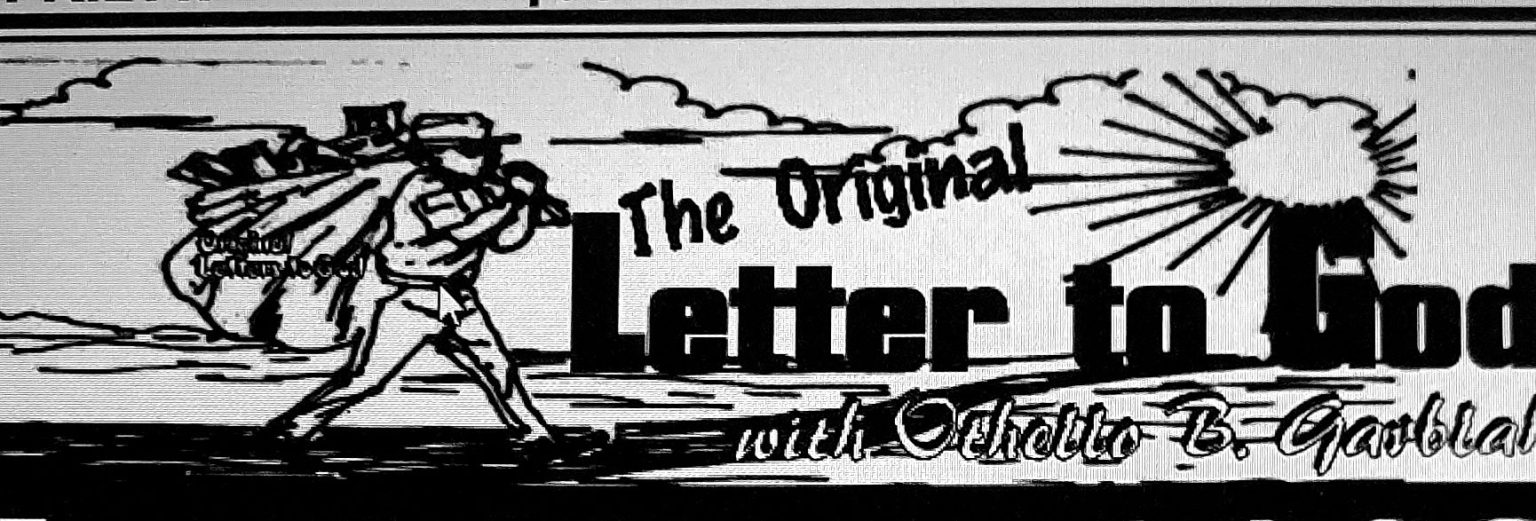In this poignant letter addressed to a father figure, it is revealed how the people closest to us often harbor the potential to cause the most harm. The writer reflects on the situation in their village regarding a troubled Paramount Chief, who appears blissfully unaware of the betrayals brewing within his own circle. The Chief tries to maintain an appearance of maturity and loyalty towards those around him, even while he privately laments the betrayal of his own confidants. This juxtaposition of public trust and private anguish highlights the complex dynamics of leadership, trust, and vulnerability within a community.
The writer expresses disbelief at the extent of treachery that can exist among those considered friends. They allude to gossip circulating within the Traditional Council, hinting that the turmoil faced by the Paramount Chief is orchestrated by people affiliated with him. There is a sense of danger in the air, as the writer mentions that those who harbor ill intentions can often do so while appearing supportive, reminiscent of a rat that bites while pretending to be harmless. The narrative portrays a dark atmosphere of deceit, underlining the theme that appearances can be misleading, especially in significant relationships.
Recognition of the broader implications surrounding the situation is evident, particularly as political motives come into play. The writer notes that with upcoming elections in 2029, some figures within the council see the Paramount Chief as a threat to their aspirations. Hence, there is a sense of urgency in their actions to diminish his influence. The calling out of alliances based on mutual enemies showcases the intricate web of loyalties and betrayals, which often gets tangled in the quest for power. The local populace seems aware of this dynamic, as they speculate about the ulterior motives of the chiefs involved in the conflict.
Further complicating matters, the letter discusses the implications of these dynamics on the electoral process. It explicitly mentions how names of those who were once beneficiaries of the Paramount Chief’s assistance now appear aligned against him. The narrative sheds light on the commonality of betrayal that extends beyond personal grievances and seeps into the political fabric of the village. There’s a general consensus that the current turmoil is more about strategy and maneuvering than genuine differences, reflecting broader themes of political survival and the fickle nature of alliances.
The writer also emphasizes the importance of vigilance within such a treacherous environment. By portraying the affiliates of the Paramount Chief as duplicitous—acting as supporters while secretly working against him—the letter serves as a warning about the dangers posed by those considered allies. There is a refrain of caution that echoes throughout the letter, indicating that awareness and discernment are crucial in navigating interpersonal relationships, especially in leadership roles. The portrayal of betrayal provokes reflections on trust, loyalty, and the costs of misplaced faith.
In conclusion, the writer asserts that every situation ultimately has an ending, insinuating an expectation that either resolution or reckoning is inevitable. The acknowledgment of impending outcomes encapsulates the cyclical nature of politics and relationships. While the writer grapples with feelings of betrayal and disappointment, they also convey an underlying hope for clarity and justice. The narrative encapsulates the harsh reality of human interactions, where the line between allies and enemies can often blur, highlighting the importance of discernment amidst chaos.


